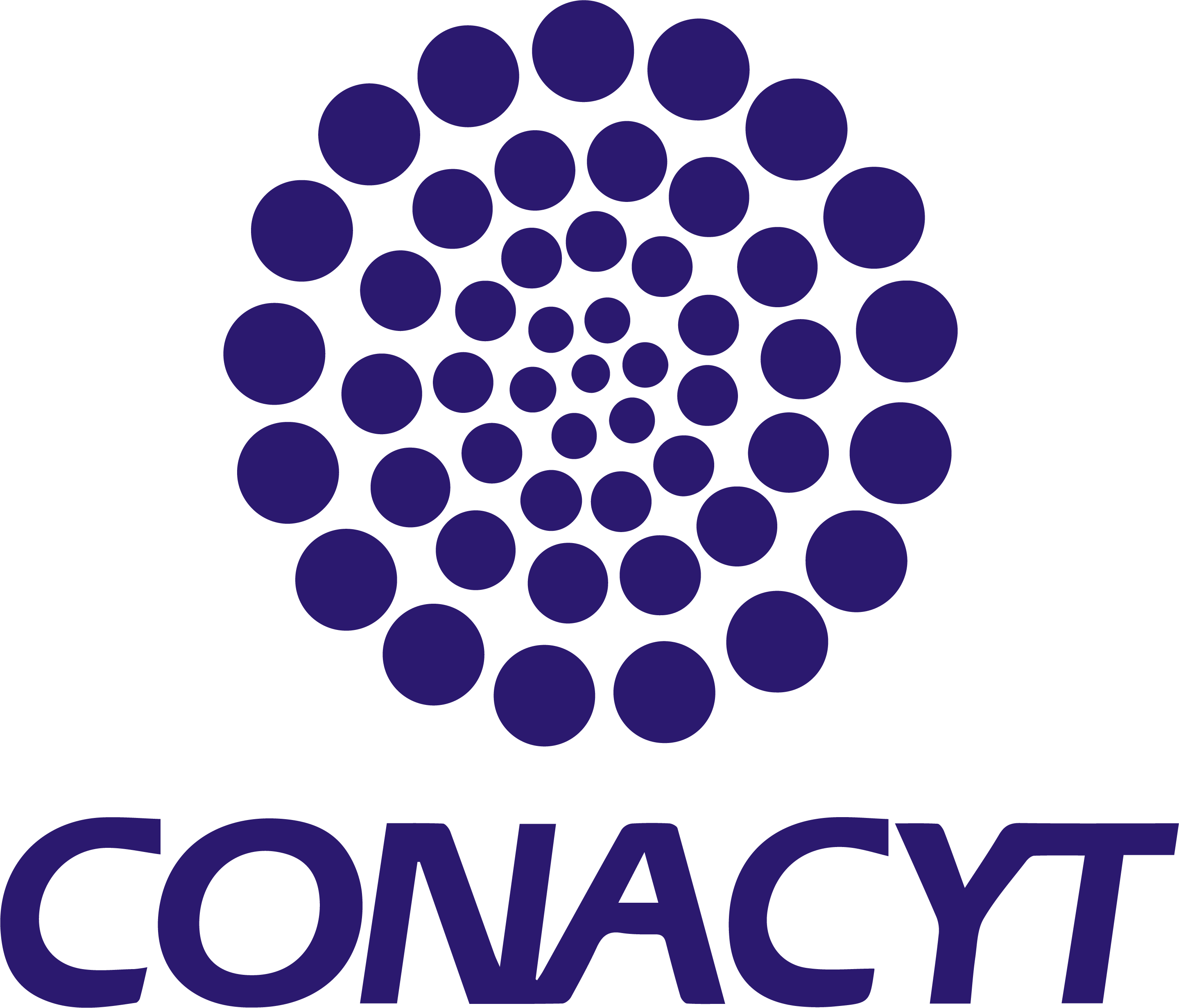Welcome to Fico González-Acuña Low Dimensional Topology Seminar home page.
This seminar is intended to promote collaboration among the LDT community. The seminar is held twice a month and it is broadcasted to remote participants via BlueJeans.
Please subscribe to our mailing list to get a BlueJeans email invitation to future talks and notifications about related events.
We have an associated Google Calendar to this seminar, you may add it to your Google Calendar and consult the dates and times in which talks are scheduled. They are usually on Thursdays at 11:00 AM (Mexico City Time).
If you use a different calendar program, you can download the ics file.



